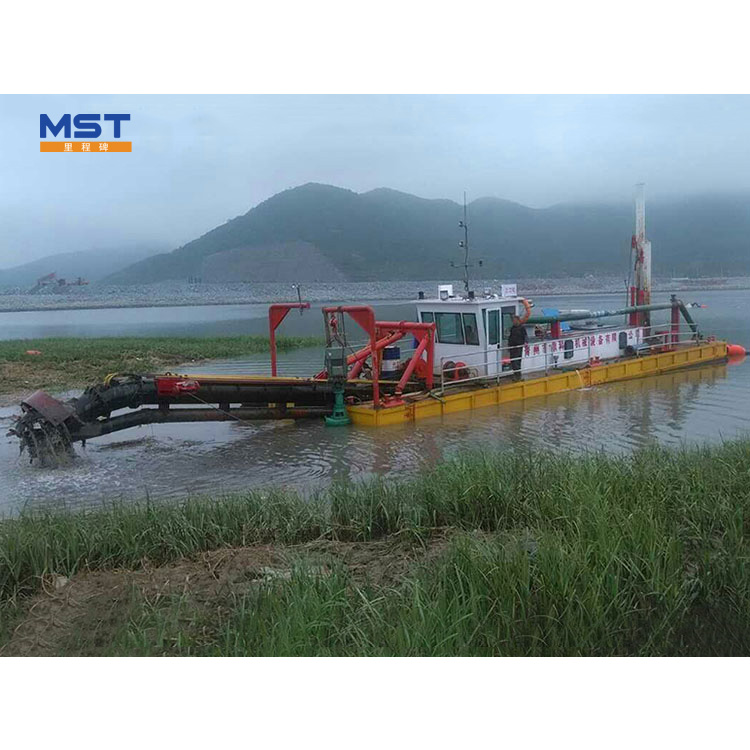Types of dredgers
2023-10-16
Suction Dredgers are responsible for dredging waterways and river silt so that other ships can pass through. It is also a sharp weapon for blowing sand and reclamation. There are cutter suction dredgers, trailing suction dredgers and other types. The smooth flow of the river depends entirely on dredgers.
1. Trailing suction dredger
The trailing suction dredger is one of the suction dredgers. It sucks mud through the rake heads placed on both sides or stern of the hull and works by sucking mud while sailing. Trailing suction dredgers are flexible, efficient, and strong against wind and waves, and are suitable for operation in coastal ports, wide rivers, and ship anchorages.
2. Chain bucket dredger
The chain bucket dredger uses a series of bucket chains with buckets, driven by the upper guide wheel, to continuously rotate on the bucket bridge, so that the buckets are dredged underwater and lifted above the water surface. Back, left, and right throw the anchor cables to make the hull move forward or swing left and right to carry out dredging work. The excavated soil is lifted to the top of the bucket tower, poured into the mud well, and discharged into the mud barge docked beside the dredger through the mud chute. It is then dragged to the mud unloading area by supporting rollers for unloading. Bucket chain dredgers have strong adaptability to soil quality, can dig all kinds of soil except rocks, and have a high digging capacity, a regular groove section, and very small error. It is most suitable for port berths, hydraulic structures, and other specifications. It is a demanding engineering construction, so it has a certain range of applications.
The bucket wheel dredger is similar to the cutter suction dredger except for the excavation equipment. The rotation axis of the bucket wheel is at an angle to the support arm, while the rotation axis of the cutter head of the cutter suction dredger is parallel to the support arm.



